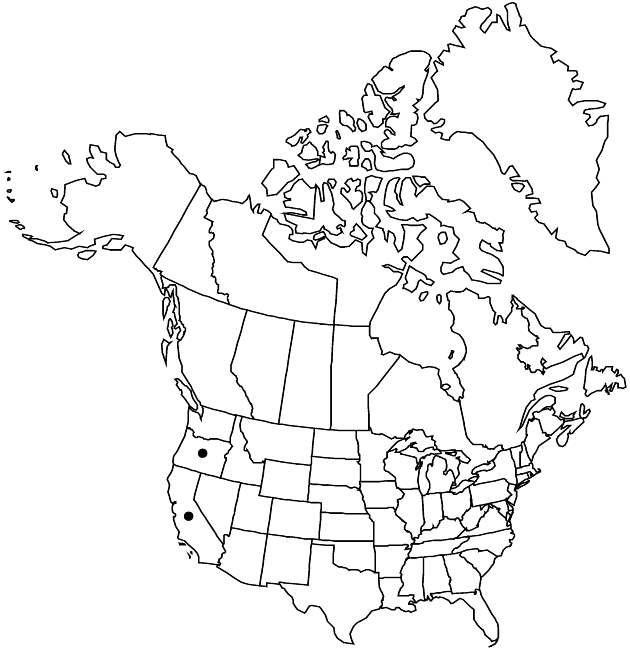Difference between revisions of "Arnica spathulata"
Pittonia 3: 103. 1896.
Common names: Klamath arnica
Endemic
Synonyms: Arnica eastwoodiae Rydberg Arnica spathulata subsp. eastwoodiae (Rydberg) Maguire Arnica spathulata var. eastwoodiae (Rydberg) Ediger & T. M. Barkley
FNA>Volume Importer |
imported>Volume Importer |
||
| Line 8: | Line 8: | ||
}} | }} | ||
|common_names=Klamath arnica | |common_names=Klamath arnica | ||
| + | |special_status={{Treatment/ID/Special_status | ||
| + | |code=E | ||
| + | |label=Endemic | ||
| + | }} | ||
|basionyms= | |basionyms= | ||
|synonyms={{Treatment/ID/Synonym | |synonyms={{Treatment/ID/Synonym | ||
| Line 57: | Line 61: | ||
|publication title=Pittonia | |publication title=Pittonia | ||
|publication year=1896 | |publication year=1896 | ||
| − | |special status= | + | |special status=Endemic |
| − | |source xml=https:// | + | |source xml=https://bibilujan@bitbucket.org/aafc-mbb/fna-data-curation.git/src/bb6b7e3a7de7d3b7888a1ad48c7fd8f5c722d8d6/coarse_grained_fna_xml/V19-20-21/V21_943.xml |
|tribe=Asteraceae tribe Heliantheae | |tribe=Asteraceae tribe Heliantheae | ||
|subtribe=Asteraceae (tribe Heliantheae) subtribe Chaenactidinae | |subtribe=Asteraceae (tribe Heliantheae) subtribe Chaenactidinae | ||
Revision as of 21:03, 27 May 2020
Plants 15–45+ cm. Stems simple or branched. Leaves 3–5 pairs, sometimes crowded toward bases (basal leaves often persistent on sterile rosettes); petiolate (petioles mostly broadly winged, 1–9 × 0.2–1.5 cm); blades elliptic-ovate to spatulate, 2–8 × 1–4 cm, margins subentire to mostly irregularly dentate, apices acute, faces sparsely to densely villous, stipitate-glandular. Heads 1, or 3–9(–25). Involucres turbinate-campanulate. Phyllaries 8–15, broadly to narrowly lanceolate. Ray florets 0. Disc florets 15–50; corollas yellow; anthers yellow. Cypselae black, 5–10 mm, sparsely stipitate-glandular; pappi white, bristles barbellate. 2n = 38, 76.
Phenology: Flowering Apr–Jul.
Habitat: Usually serpentine soils, open, dry oak–conifer forests, disturbed areas
Elevation: 200–1500 m
Discussion
Selected References
None.
Lower Taxa
None.
